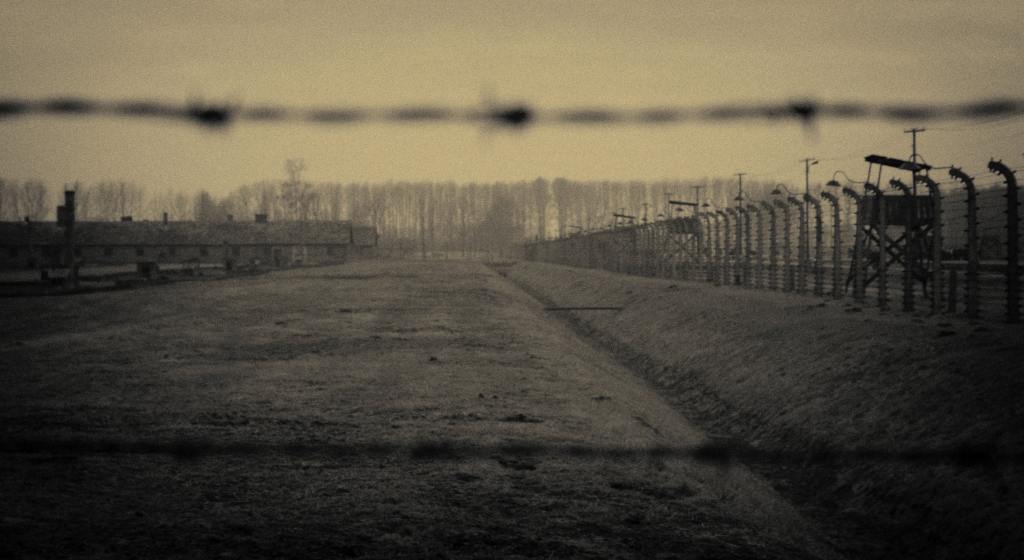My mom died from cancer when I was 14. Although her death wasn’t unexpected, it stunned me nonetheless.
One particular moment in the days following my mom’s death stands out. The night before the funeral, there was a wake in which her dead body was laid in an open casket so mourners could say their final goodbyes. For various reasons, I did not want to see my mom’s body, and I awkwardly tried to avoid it. Our priest – a good friend of mine, as well as my mom’s – must have noticed. He slowly walked up to me and, tenderly, asked if I’d like to go with him to see my mom one last time. He took my hand into his and we made our way. I believed I was supposed to feel sad and maybe even angry, and I felt those emotions as well. But, more than anything, as I gazed at my mom’s dead body, what I most felt was awe.
Dacher Keltner’s recently released book “Awe: The New Science of Everyday Wonder and How It Can Transform Your Life” most surprised me with its’ discussion of how often death evokes awe. In a study of 2,600 narratives coming from 26 countries, as described in the book, stories of death and awe were common. In a surprising demonstration of this, Keltner – the pioneering Berkeley psychologist most responsible for leading the way for a new science of awe – tells a story in the book similar to my own. As his beloved brother, Rolf, lay dying of cancer in front of him and his family, Keltner recounts:
“I felt small. Quiet. Humble. Pure. The boundaries that separated me from the outside world faded. I felt surrounded by something vast and warm. My mind was open, curious, aware, wondering.”
Keltner defines “awe” as “the feeling of being in the presence of something vast that transcends your understanding of the world.” Given this definition, it’s easy to see why death so often evokes awe. When I stood in front of my mom’s dead body, for instance, I felt dumbfounded by questions such as “where did my mom go?,” “what does life mean?,” and “what is eternity?” These vast mysteries went well beyond anything my 14-year-old mind (or any mind) can comprehend, but my wondering led me to develop curiosities and eventually gain insights that have impacted the rest of my life. Of course, I wish my mom had lived much longer. At the same time, I wouldn’t be the person I am today – in a positive sense – if I hadn’t had to face her death like I did.
This connection between death and awe is, at least in part, why so many people become so fascinated by the morbid. For example, dark tourism may enable individuals to feel awed and to probe essential issues of life, death, sacredness, and meaning. I have led courses in the Psychology of the Holocaust, for instance, including trips to Holocaust sites in Europe, and rarely have I seen students so absorbed or impacted by phenomena being studied as when we directly encountered the overwhelming memorials of death we visited.





